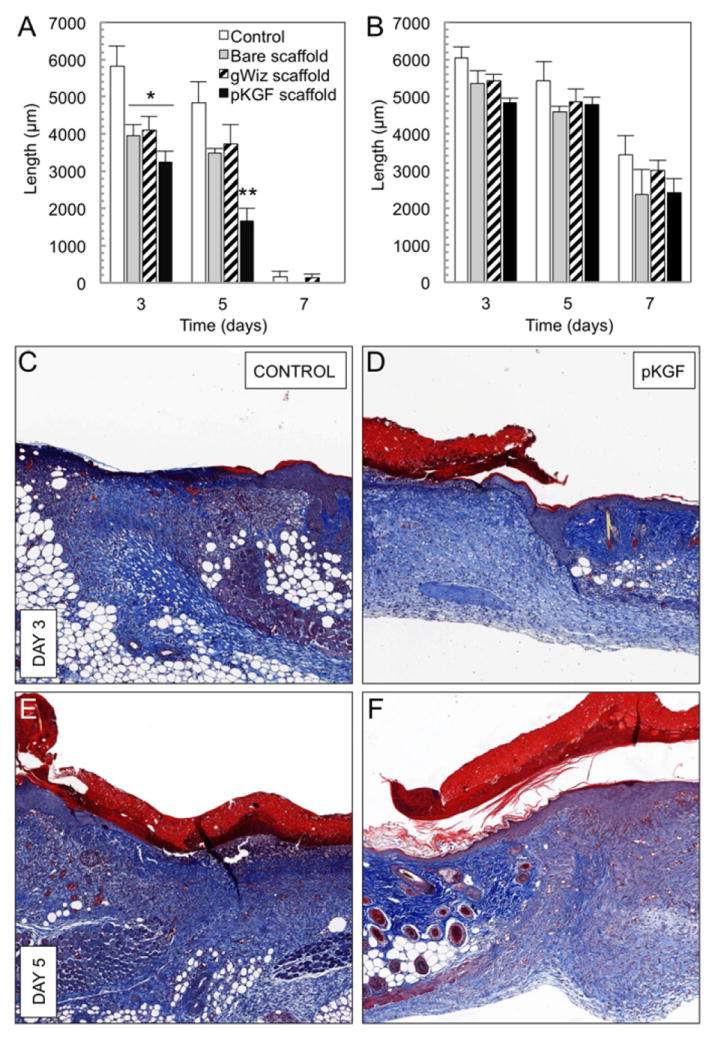Fig. 5. Effects of scaffolds on wound healing.

(A) Effects of scaffolds on the rate of wound re-epithelialization as measured by the length of the epithelial layer gap. At the early time point (day 3), all three scaffolds decrease the epithelial layer gap by approximately 33% compared to control wounds (* p<0.05, n≥6 per group), with trend towards further improvement with pKGF delivery. At day 5, treatment with scaffolds delivering pKGF DNA leads to an approximately 65% reduction in the epithelial layer gap (** p<0.001, n≥5 per group) compared to untreated wounds and 54% reduction compared to non-functionalized scaffolds (p<0.03). (B) The panniculus carnosus defect underlying the wound is statistically unaffected by the presence of a scaffold, regardless of pKGF DNA delivery (n as above). (C through F) Treatment of wounds with pKGF DNA releasing scaffolds leads to better structural definition and recovery of the dermis, with more significant extension of epidermal tongues from wound edges at both days 3 and 5. Annotated schematic is available in Supplementary Data (Supplementary Fig. 1D).
